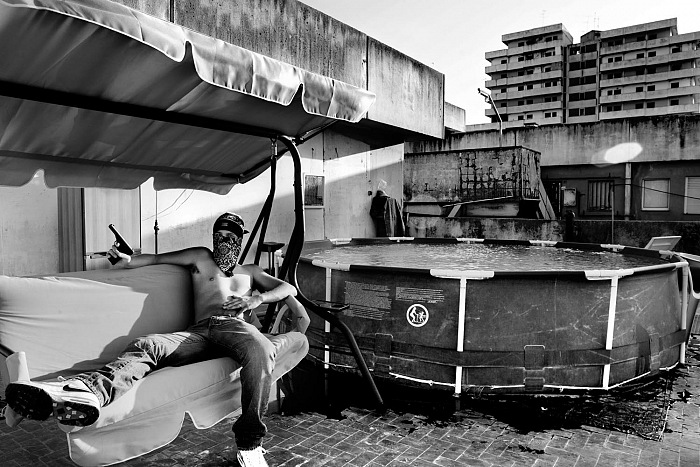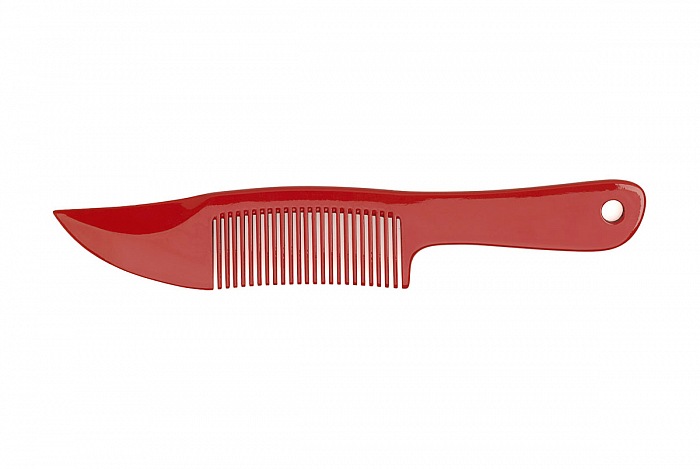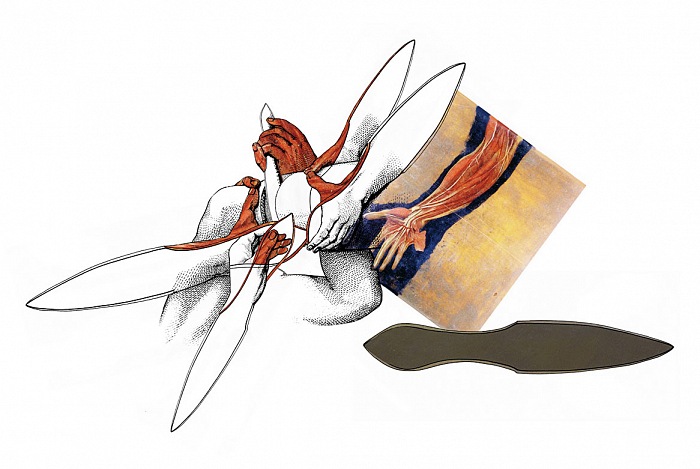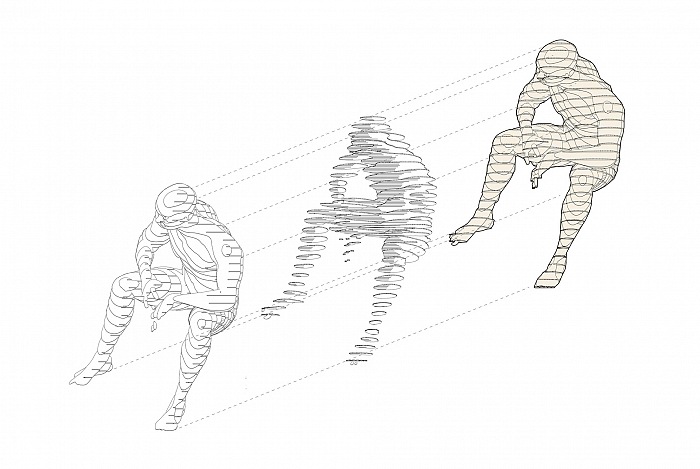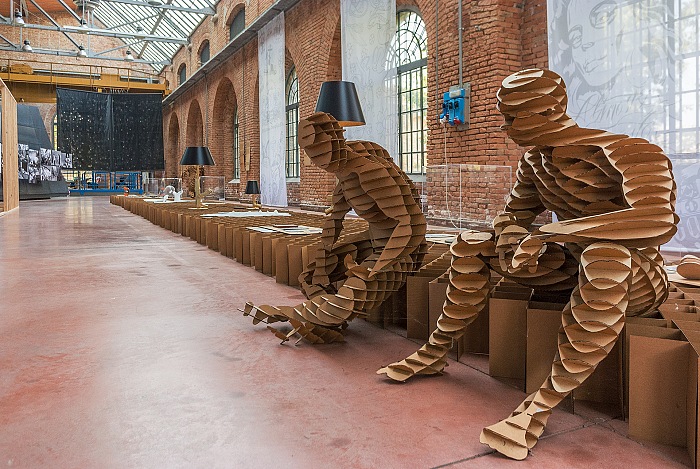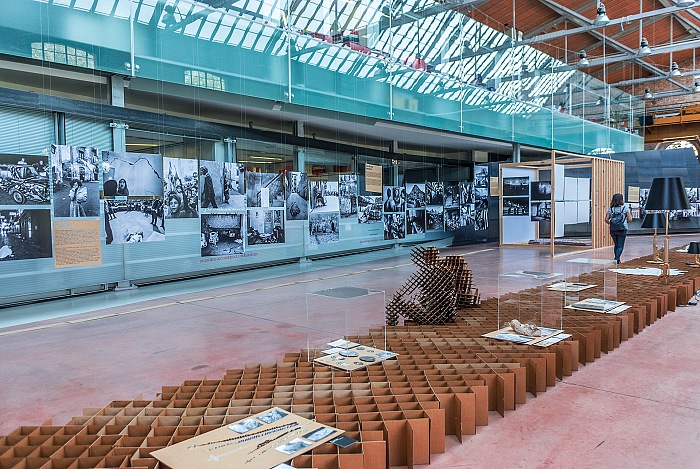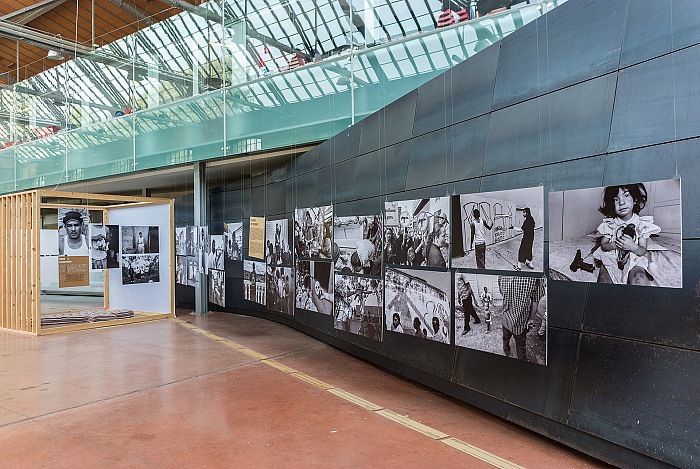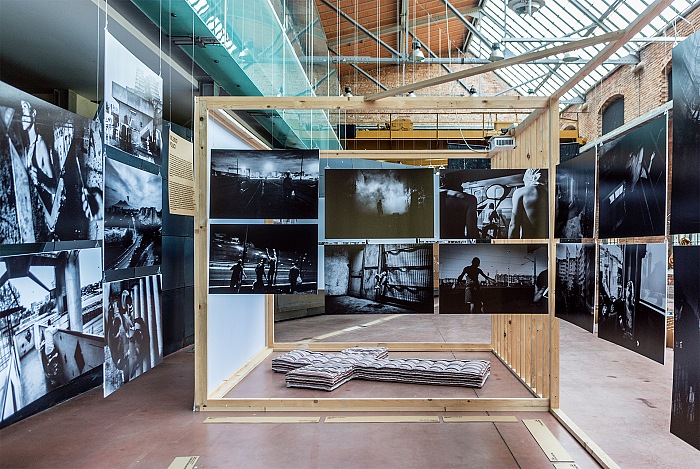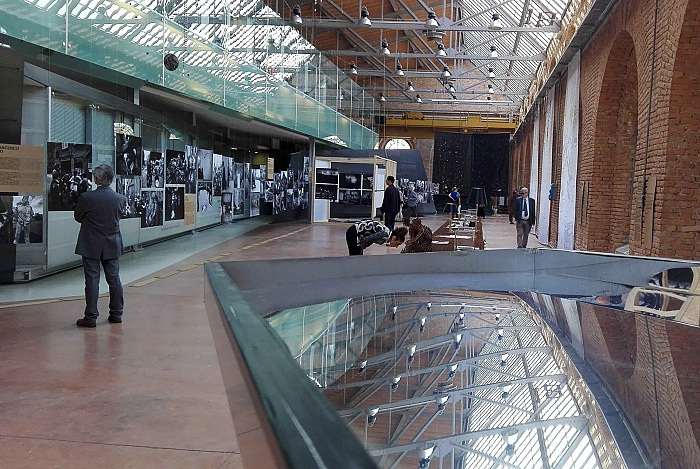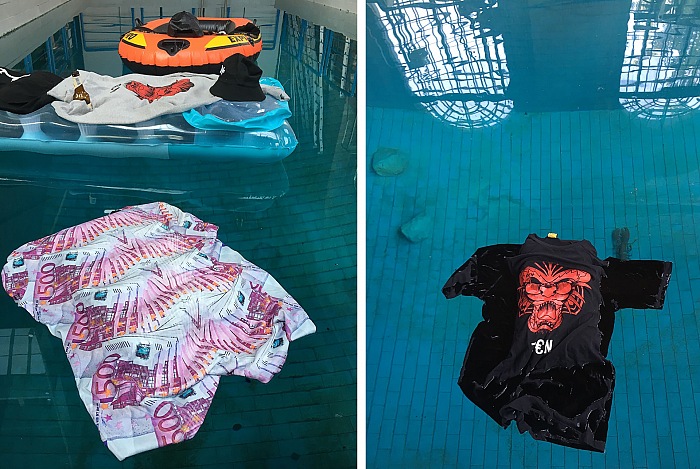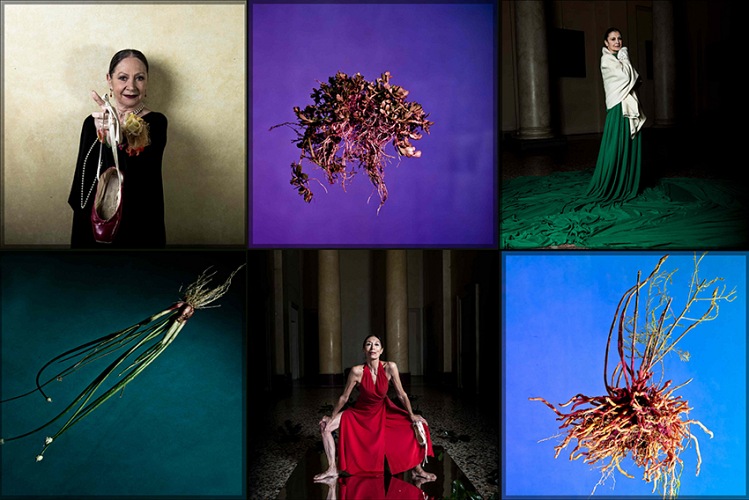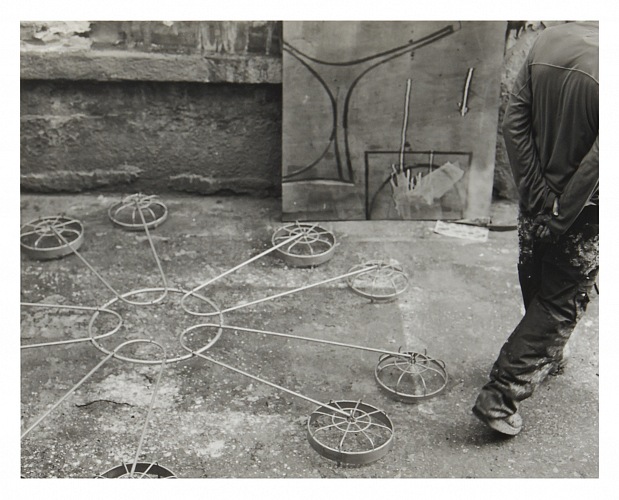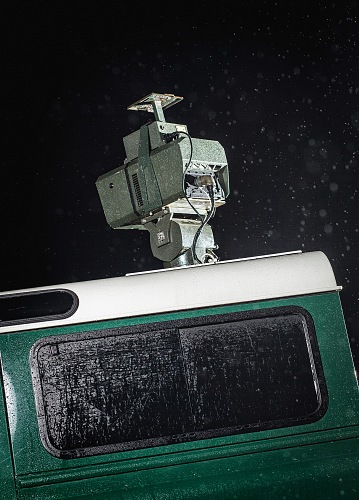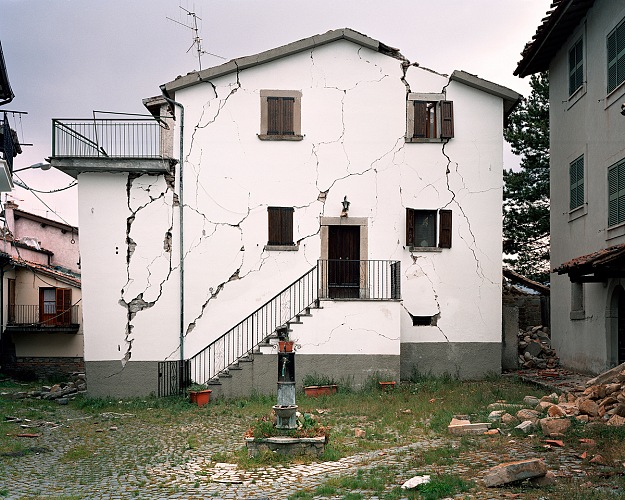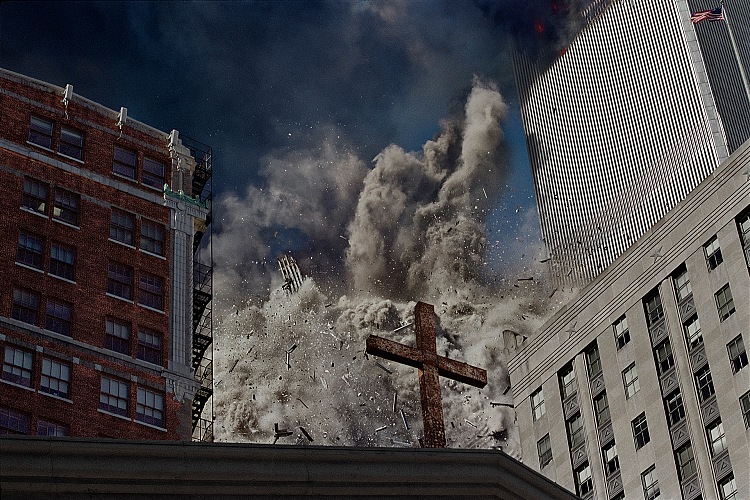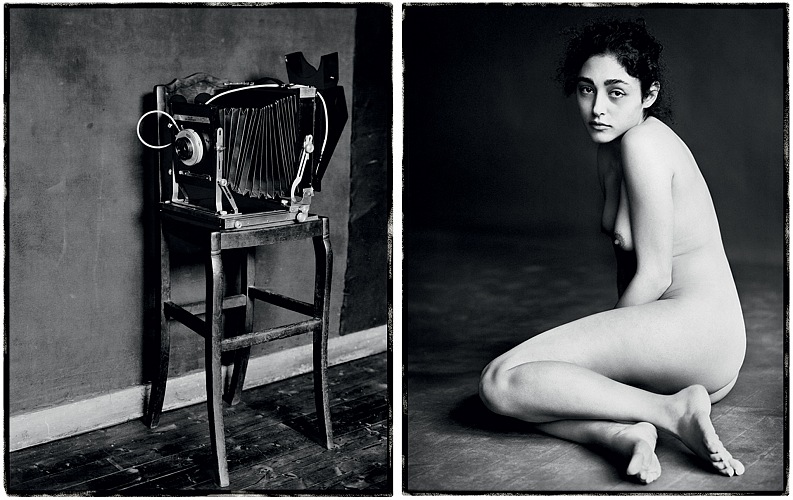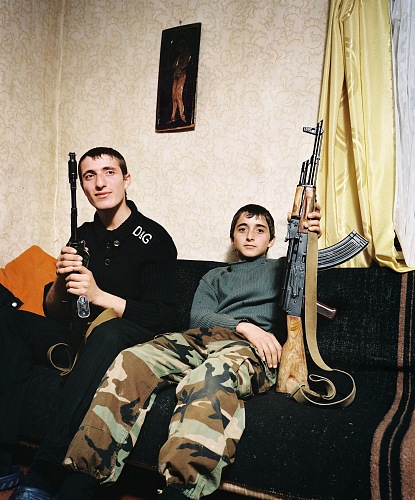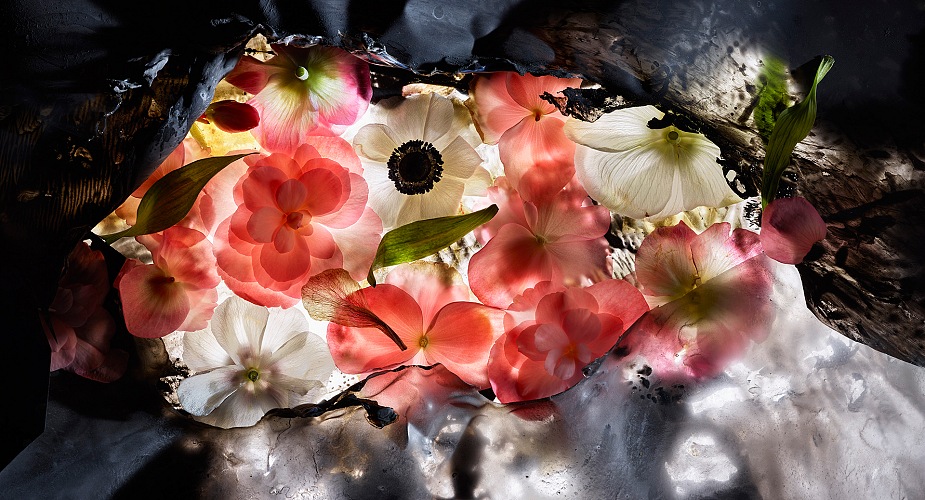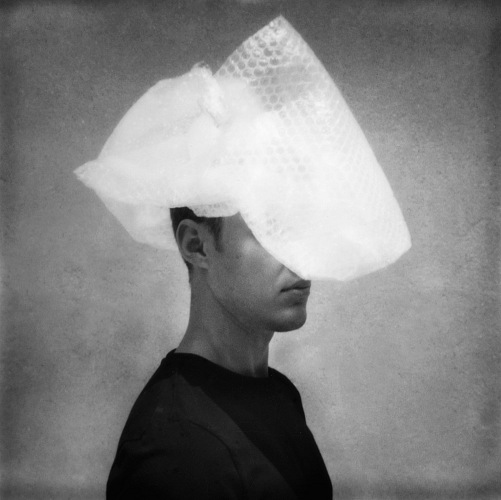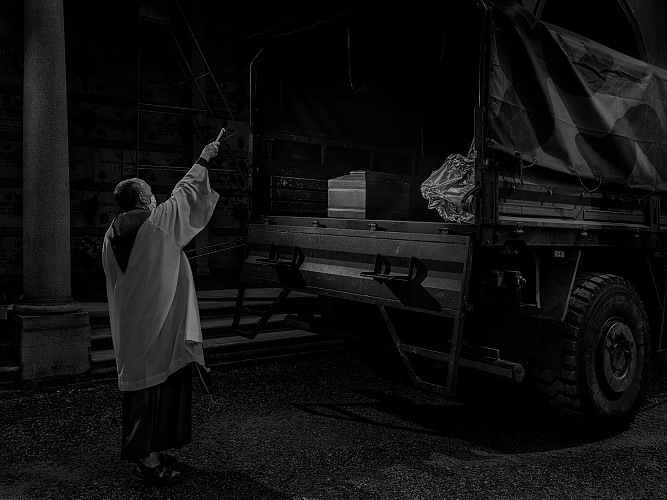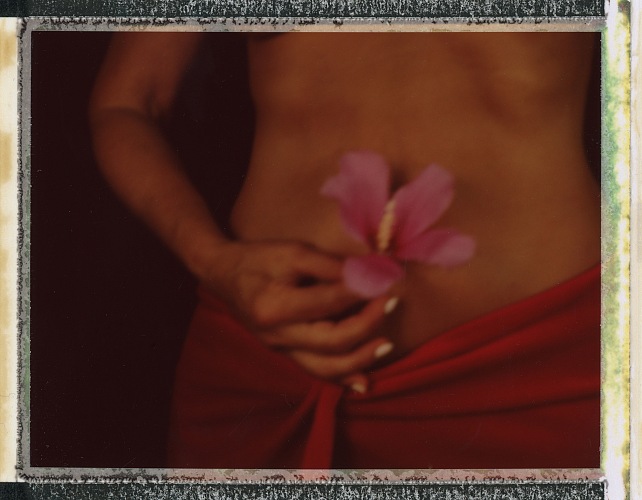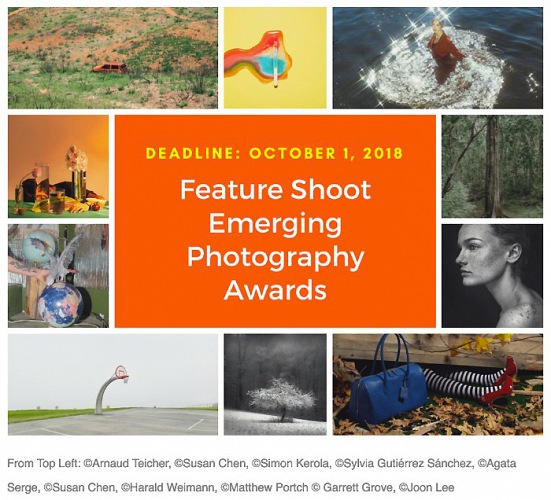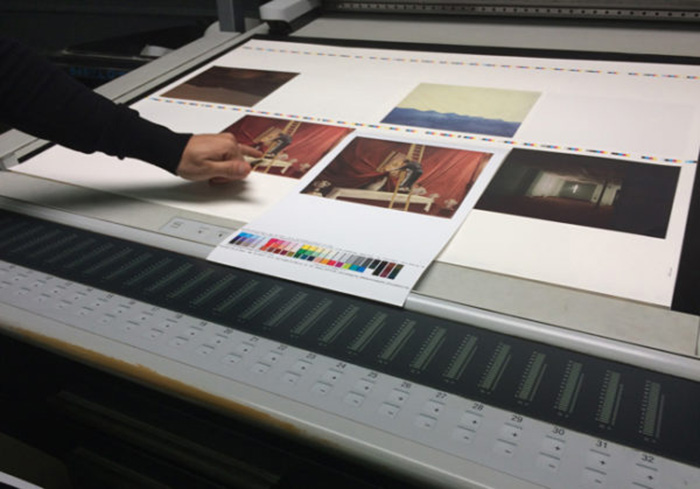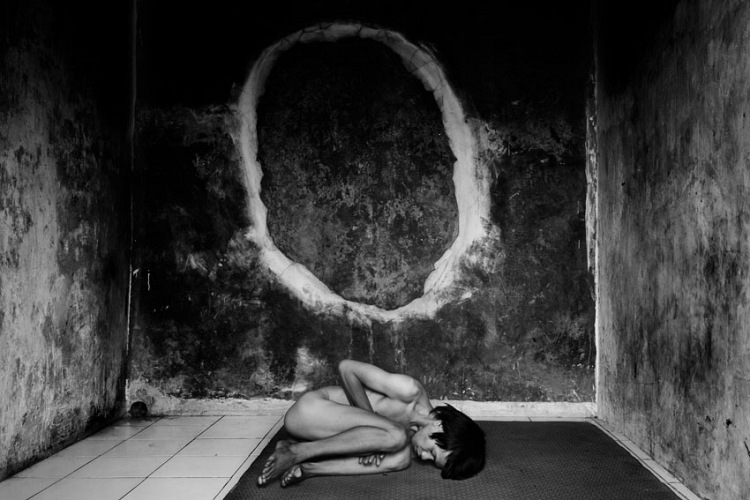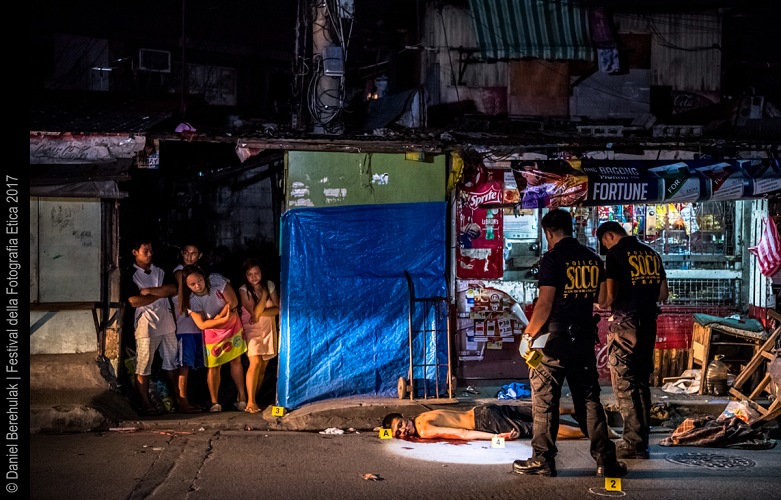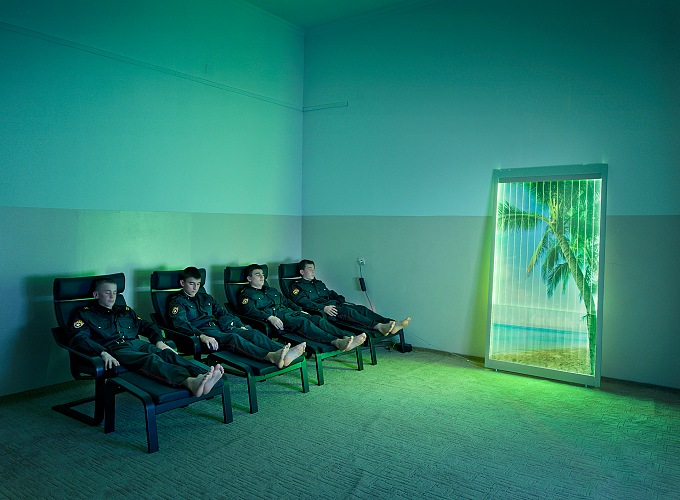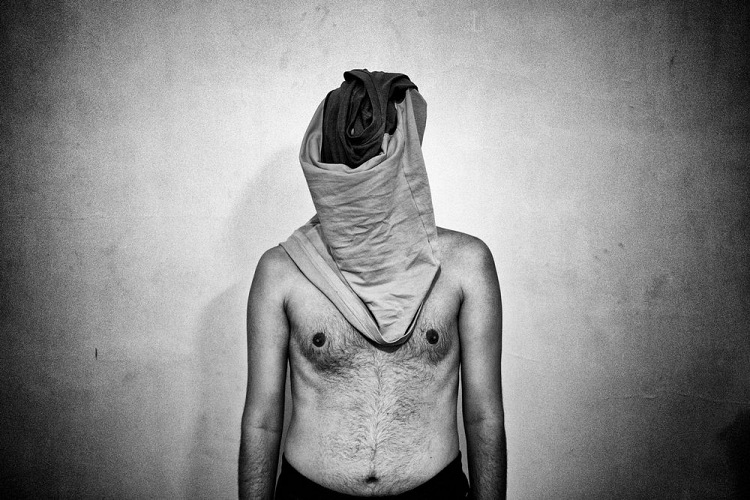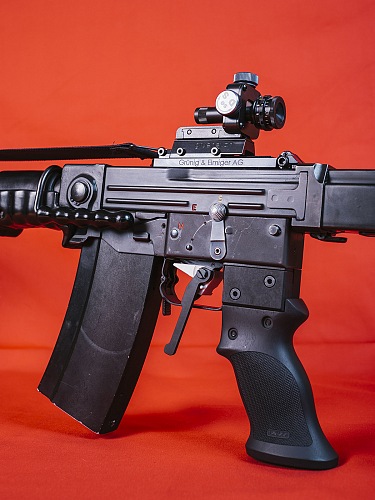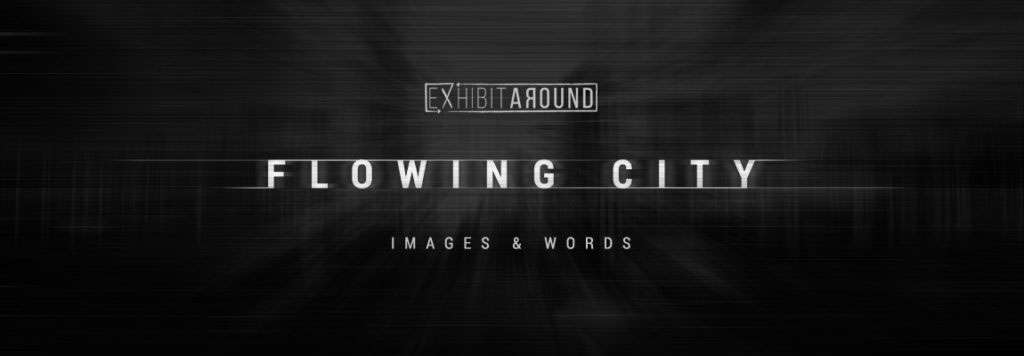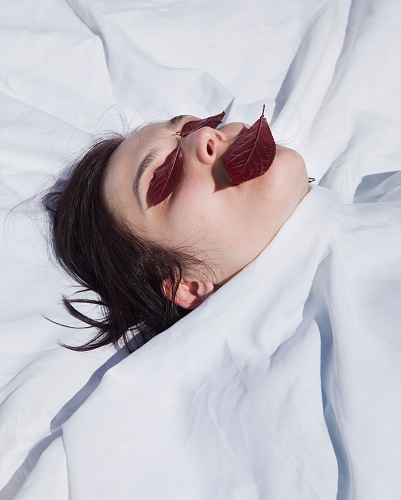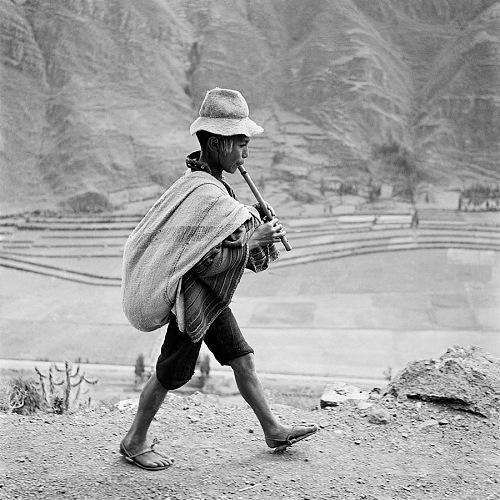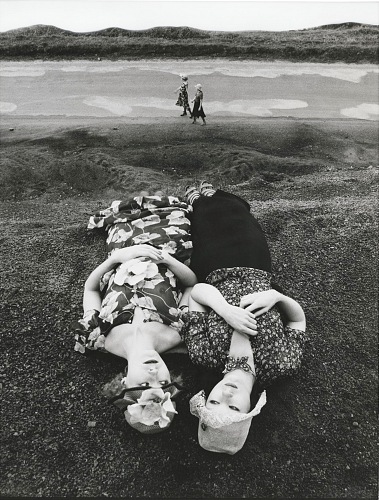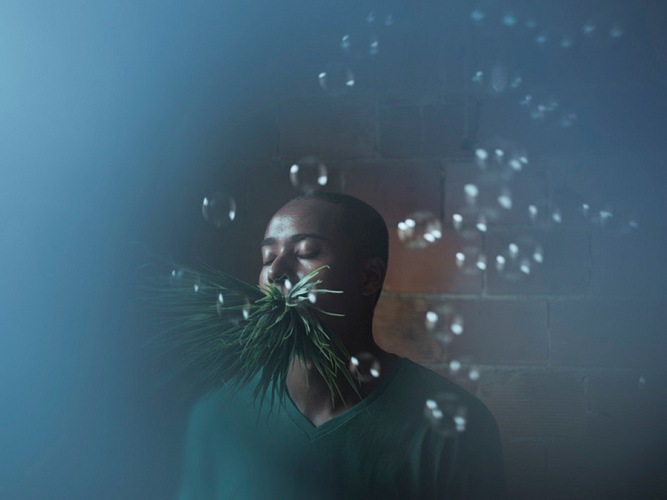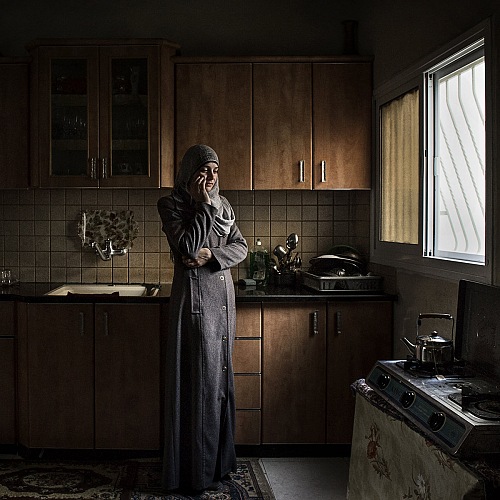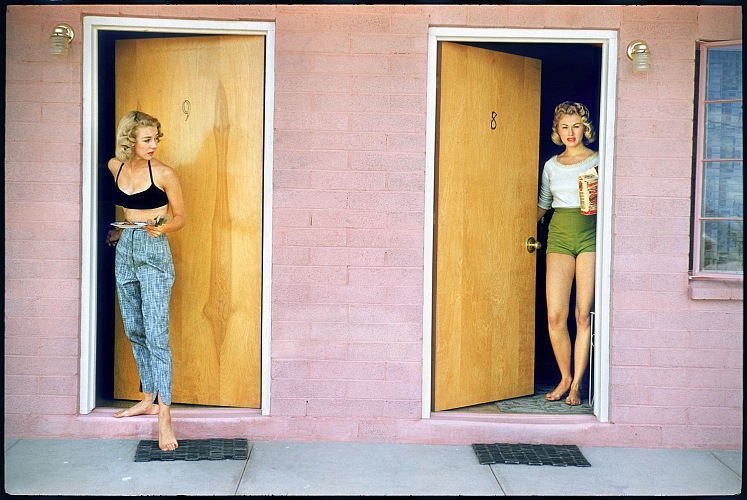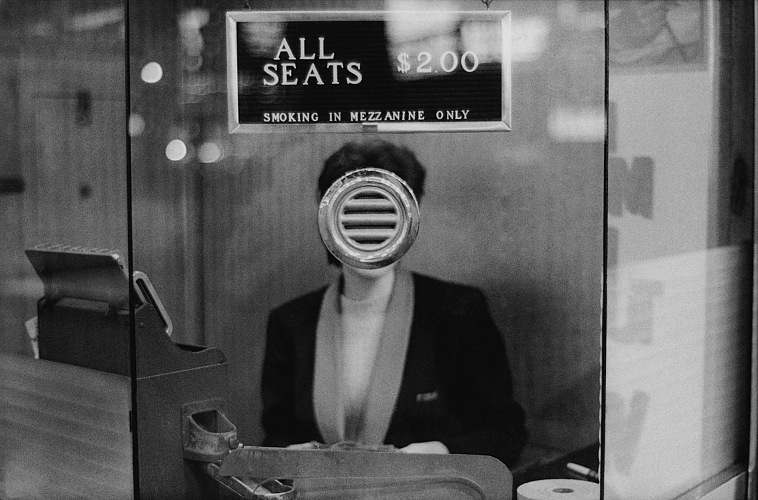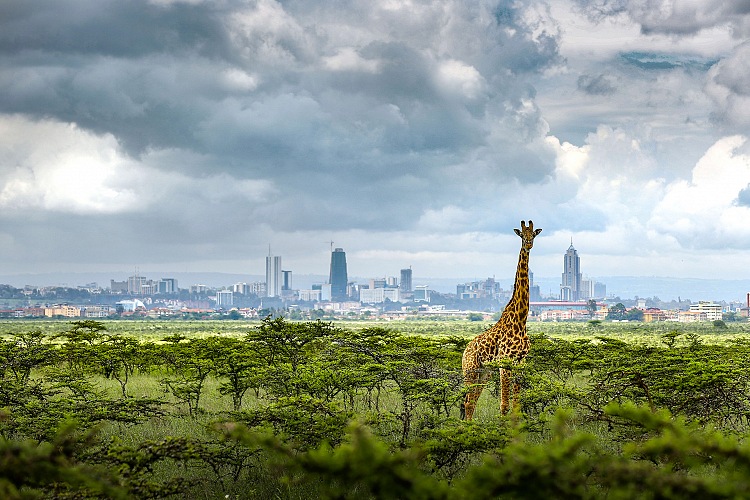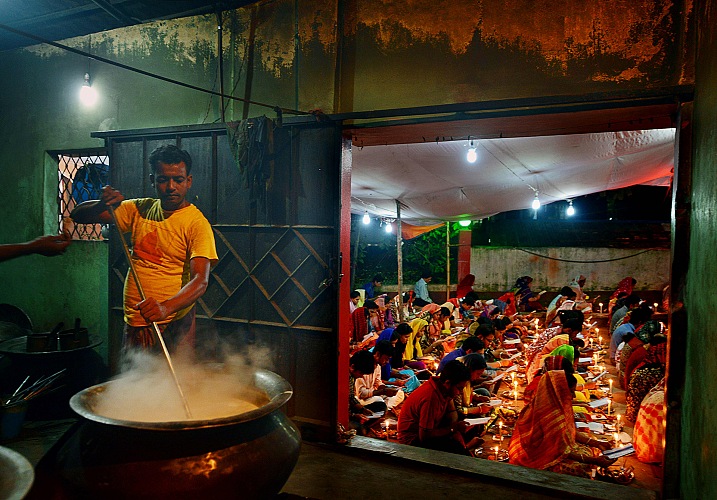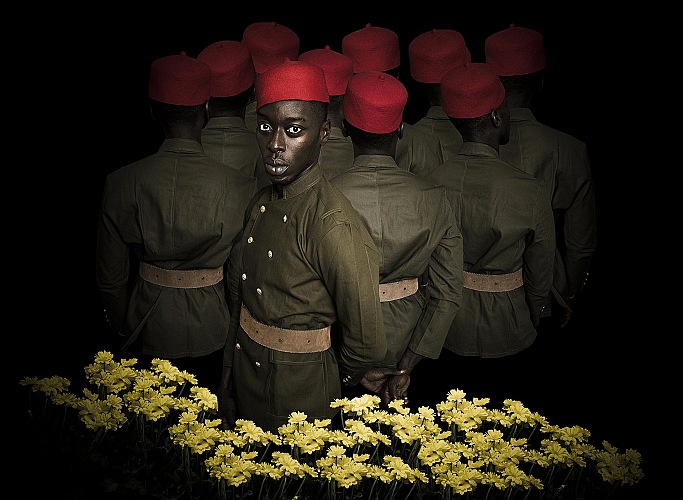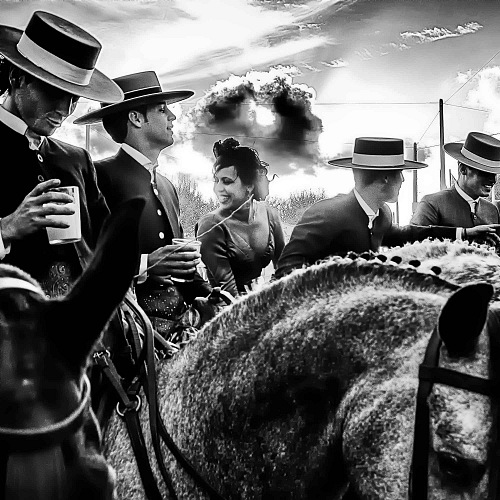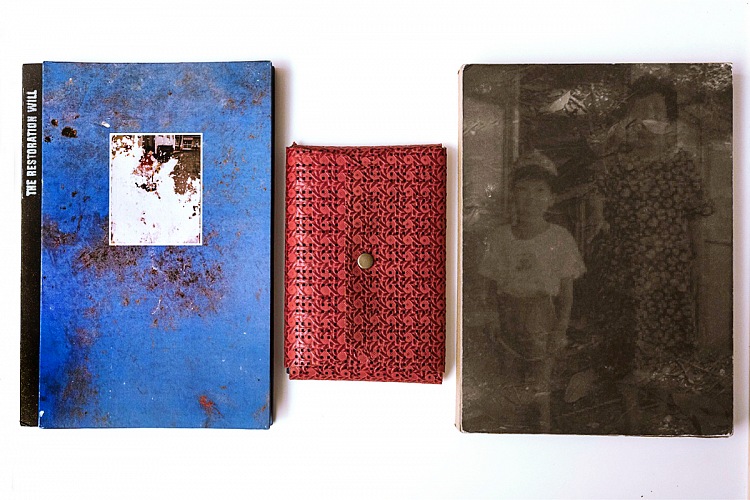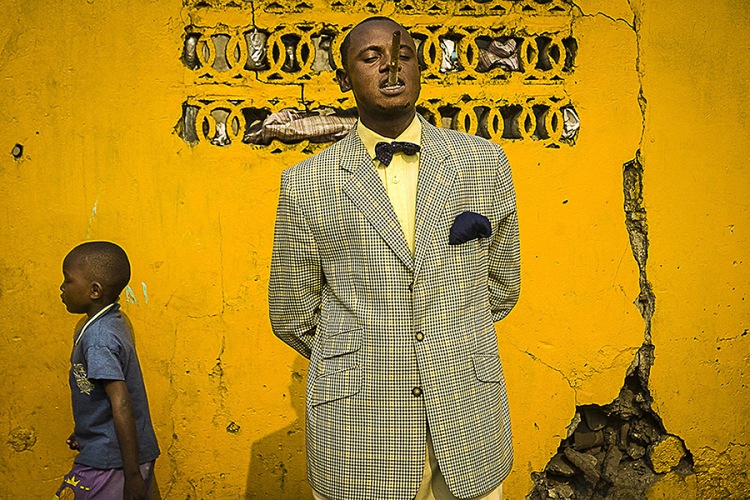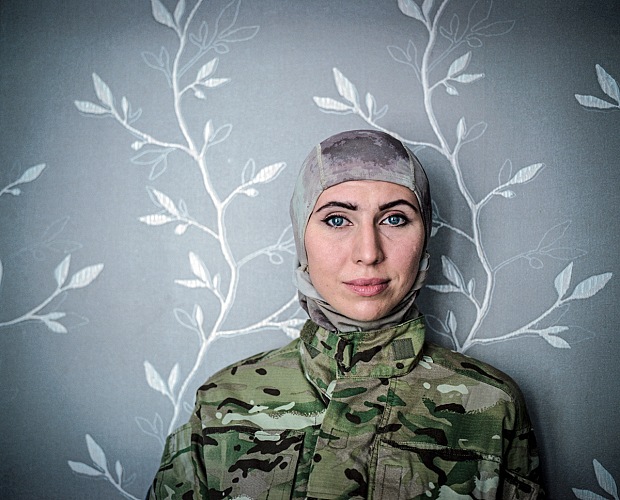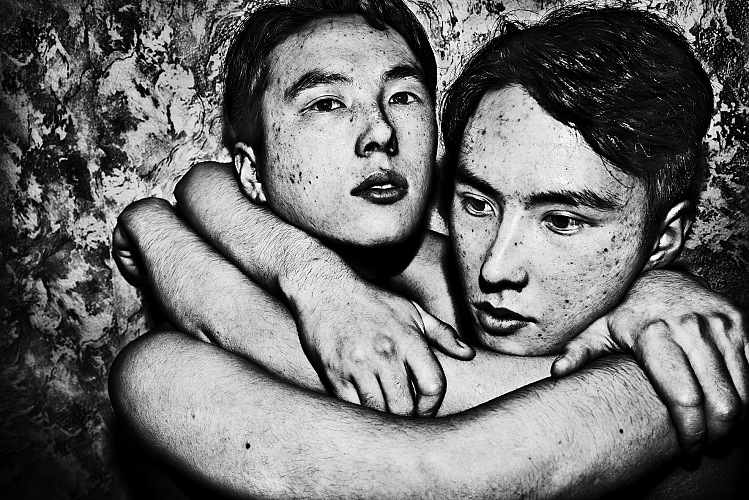GangCity: design, art, fashion and photography
«
The project is intended to disclose the mutual influence between violence and the geography of the city, paying peculiar attention to the gangs as primary groups – both in structural terms, and because mostly involving adolescents – showing how they constitute and spread within the urban ghettos. «The language of gangs – explain Davide Crippa, curator of Design section – consists of symbols, signs, rules; it is a society within a society and the dynamics it moves with are similar but the moral codes are very different.For this reason for the design section we decided to create a system of mirrors, an effect that would bounce between the dynamics and logic of the gangs and the everyday routines reviewed according to their values. We propose irreverent codes that relate directly or metaphorically with the former». Emphasis will be given to how the various urban elements contribute to facilitating or obstructing the sprawling of criminal activities: borderline areas, derelict industrial zones, high density residential zones with a low quality of life, compared to more positive elements such as the presence of public transport systems, urban structures with a range of functions, commercial connective tissues, youth clubs, social services, public or private parks and gardens. «The reason for its prosperity – said Roberto Lavarini, curator section of sacred art and tattoos – lies with one – and possibly its most important – features: the tattoo binds the relationships within the group. By having a tattoo inked on his skin, the gang member is demonstrating his loyalty, his belonging and, at the same time, tells any onlookers of its nature».
Fostering a cross-over of disciplines and methodologies, GangCity proposes an International Symposium, and an Exhibition composed of different sections: photography, design, fashion, and religious simbols and tattoos; together with an array of other scientific workshops and shows.
As part of GangCity, on November, 3rd 2016, it will also open the exhibition Il signor Sindaco e la Città futura (Mr. Mayor and the future Town) by Gianfranco Ferraro, work on the activities of Mimmo Lucano, the mayor of Riace.
GangCity. Gli spazi della criminalità giovanile e le strategie di resilience urbana
Arsenale Nord, Spazio Thetis, Castello 2737/f - Venice (Italy)
28 May - 27 November 2016
opening times: from Tuesday to Thursday, 11am - 18pm | closed on Monday
admission fee: free entrance
info: +39 (0)41 2406335
www.gangcity.it
_ _ _
[ EXTERNAL RESOURCES ]
◎ GangCity
◎ Francesco Cito
◎ Donna De Cesare
◎ Salvatore Esposito
◎ Walter Leonardi
◎ Valerio Polici
◎ Gianfranco Ferraro
published on 2016-10-14 in NEWS / EXHIBITIONS
more in EXHIBITIONS
categories
EXHIBITIONS CONTEST WORKSHOP EVENTS MELTINGPOT BOOKS PORTFOLIO VIDEO ONGOING THEMATICPATHS YTOI OPINIONS FPART COVER READINGIMAGES SMARTFOLIO FPBLOG FPLAB
recent news
FPmag
editor in chief Sandro Iovine | sandro.iovine@fpmagazine.eu - senior writer Stefania Biamonti - web developer Salvatore Picciuto | info@myphotoportal.com - linguistic coordination Nicky Alexander - translations Nicky Alexander, Rachele Frosini - contributor Davide Bologna, Mimmo Cacciuni Angelone, Laura Marcolini, Stefano Panzeri, Pio Tarantini, Salvo Veneziano - local Lazio correspondent Dario Coletti local Sardinian correspondent Salvatore Ligios - local Sicilian correspondent Salvo Veneziano - editorial office via Spartaco, 36 20135 Milano MI | redazione@fpmagazine.eu - phone +39 02 49537170 - copyright © 2015 FPmag - FPmag is a pubblication of Machia Press Publishing srl a socio unico, via Cristoforo Gluck, 3 20135 Milano MI - VAT no. 07535000967 C.F. (TAX code) 07535000967 - Copyright © 2015 FPmag - Registered at Tribunale di Milano No. 281 on the 9th September 2014




